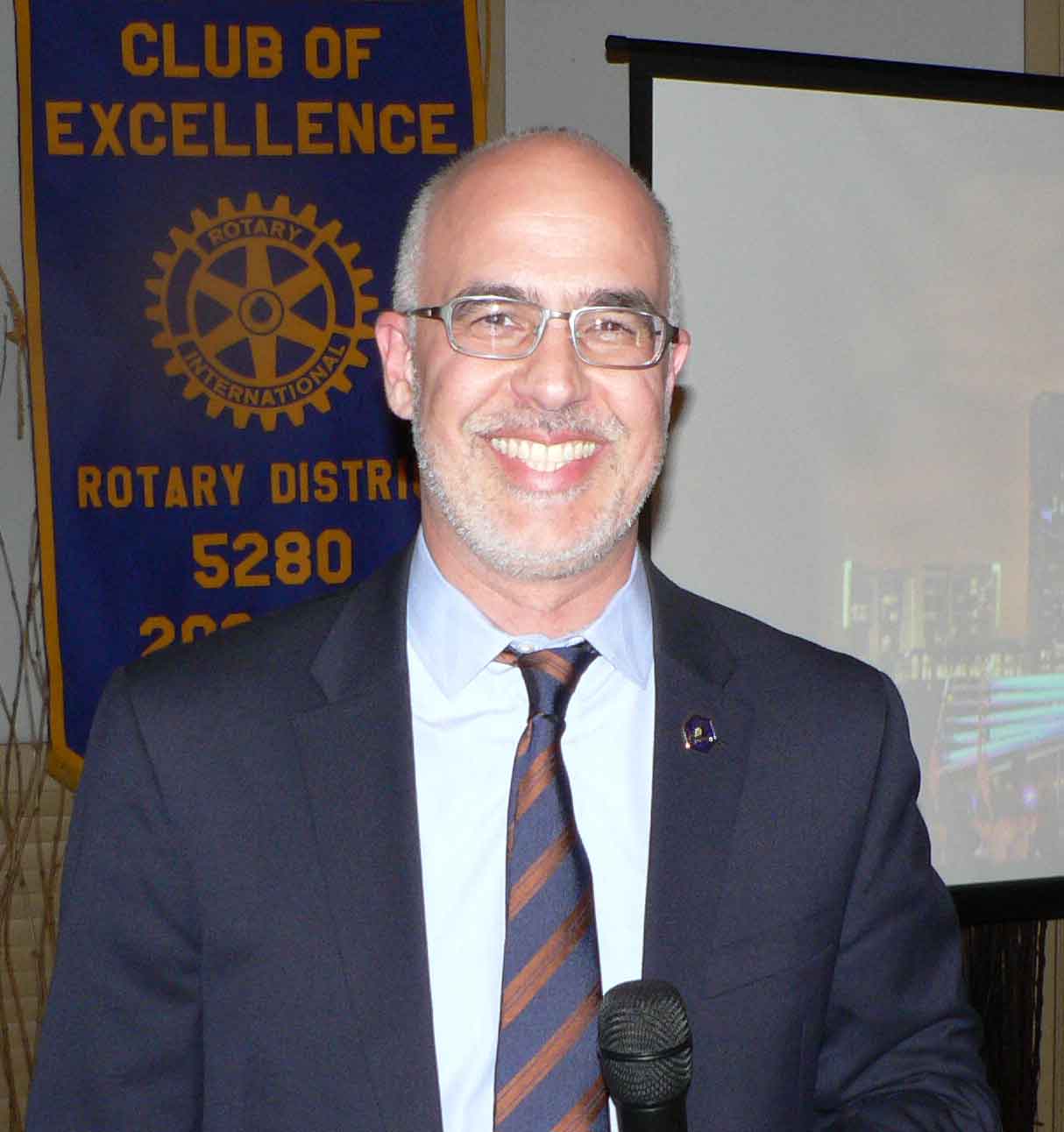The New James Webb Space Telescope, Scott Willoughby
Posted by Wes Bradford on Sep 27, 2016

 Scott Willoughby grew up in New Jersey and graduated from Lehigh University in 1989. Then he joined TRW and received a master’s degree in Communication Systems from USC in 1991. (TRW was acquired by Northrop Grumman in 2002.) He also has an MBA degree from the Anderson school at UCLA. He is Vice President and Program Manager for the James Webb Space Telescope (JWST) program at Northrop Grumman.
Scott Willoughby grew up in New Jersey and graduated from Lehigh University in 1989. Then he joined TRW and received a master’s degree in Communication Systems from USC in 1991. (TRW was acquired by Northrop Grumman in 2002.) He also has an MBA degree from the Anderson school at UCLA. He is Vice President and Program Manager for the James Webb Space Telescope (JWST) program at Northrop Grumman.The James Webb Space Telescope design was begun in 1996 as a successor to the Hubble Space Telescope and the Spitzer Space Telescope (which have limited lifetimes due to running out of their thruster fuel for adjusting their orientations in orbit). The GWST will have a 21 foot primary mirror (with 18 segments that will be folded up for launch), compared to the Hubble’s 7.9 foot mirror. It will be located 1 million miles beyond the Earth’s orbit, near the Earth-Sun L2 Point (to balance between the Sun’s and Earth’s gravity while avoiding shadows from the earth & moon, and to minimize Earth’s infrared and heating interference). It will have a large sunshield to keep its mirror and 4 science experiments below 50° K (-370° F). It will have unprecedented resolution and sensitivity from visible light through mid-infrared, to enable observing some of the most distant objects in the universe, beyond the reach of current ground & space-based instruments, such as the formation of the earliest galaxies and the formation of stars and planets, and for the first time the direct imaging of exoplanets orbiting other stars.
This project represents a collaboration between 17 countries led by NASA with significant funding and scientific contributions from the European and Canadian Space Agencies. It was named after James E Webb, the second administrator of NASA, who played an important role in the Apollo program. Its cost is about $8 billion, and it is on schedule to launch in October 2018.